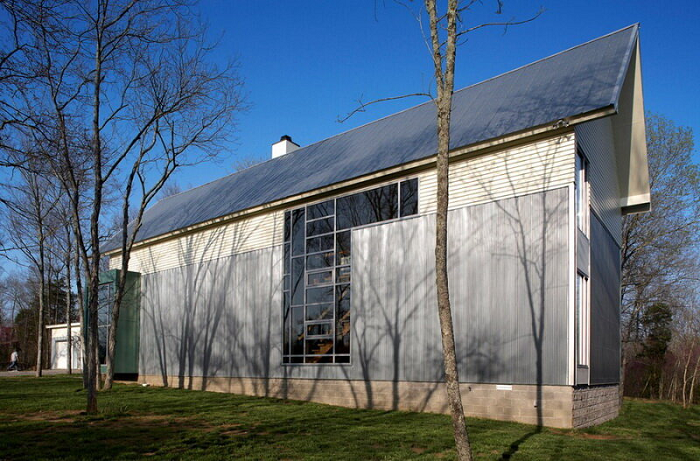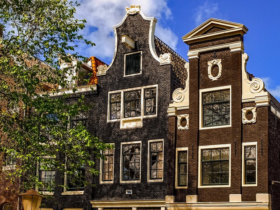The Dutch architectural style has a long and rich history that began in the Middle Ages and continues to this day. It has evolved under the influence of various cultural, social and economic factors, making it unique and diverse.
During the Middle Ages, Dutch architecture was heavily influenced by the Gothic style that came from France. Characteristic features of Dutch Gothic were tall and slender churches with sharp arches and towers. However, as time went on, Dutch architects began to add their own elements and details, resulting in the unique Dutch Gothic style.
In the 17th century, during the Dutch Golden Age, the country’s architecture experienced its heyday. Many magnificent buildings were built during this period, including town halls, palaces, churches and canals. Dutch architects have become renowned for their innovative and practical approaches to building design. They used new materials such as brick and glass and created spacious and functional interiors.
In the 19th century, Dutch architecture underwent changes influenced by various styles such as neoclassicism, romanticism and modernism. During this period, many buildings were built in these styles, from classical palaces to modern residential buildings.
In modern Dutch architecture one can observe a mixture of different styles and approaches. Architects strive to create unique and innovative buildings that combine functionality, aesthetics and sustainability. Dutch architecture continues to evolve and contribute to the world architectural scene.






